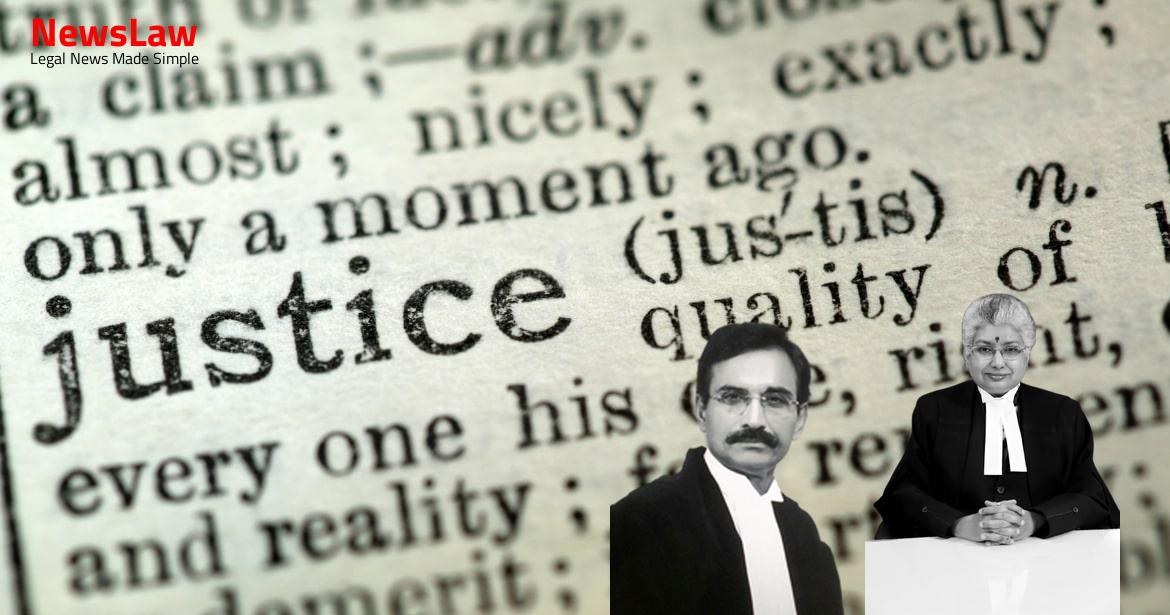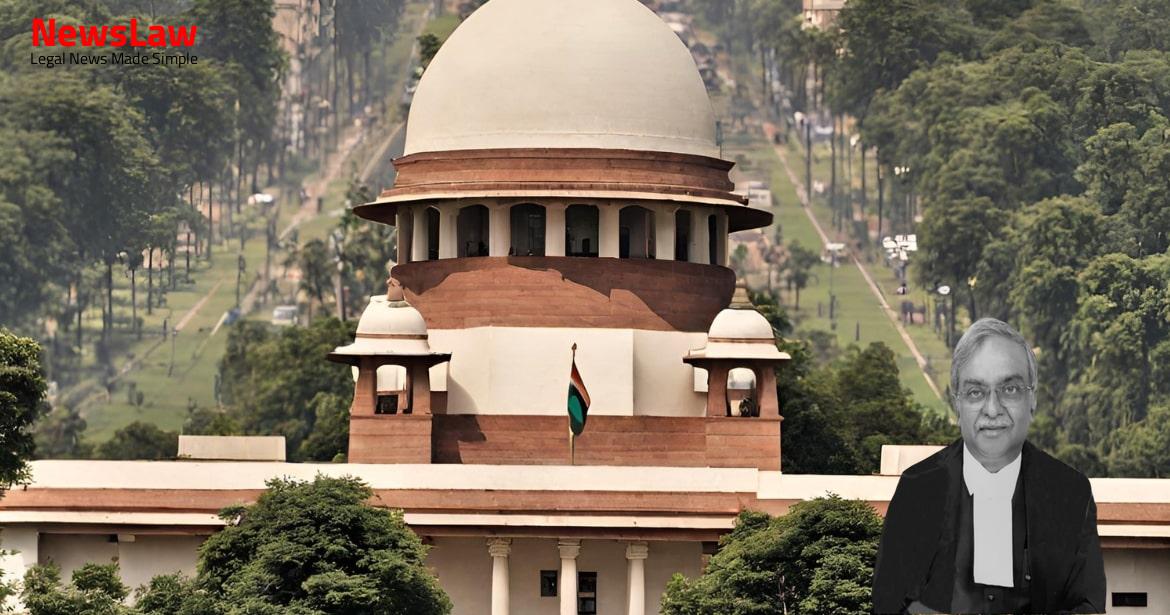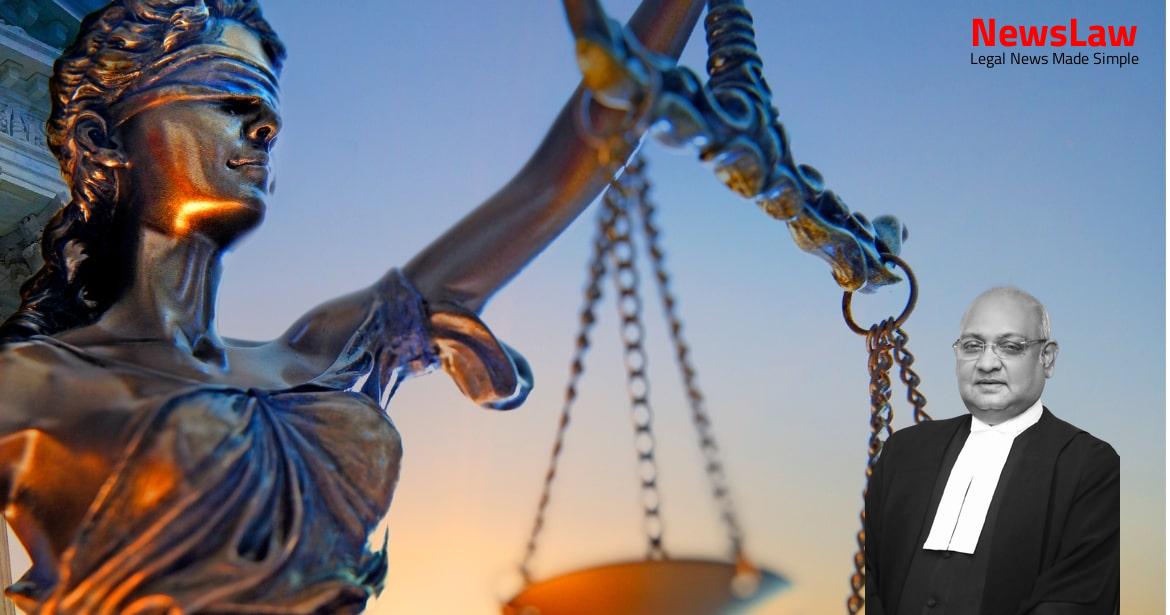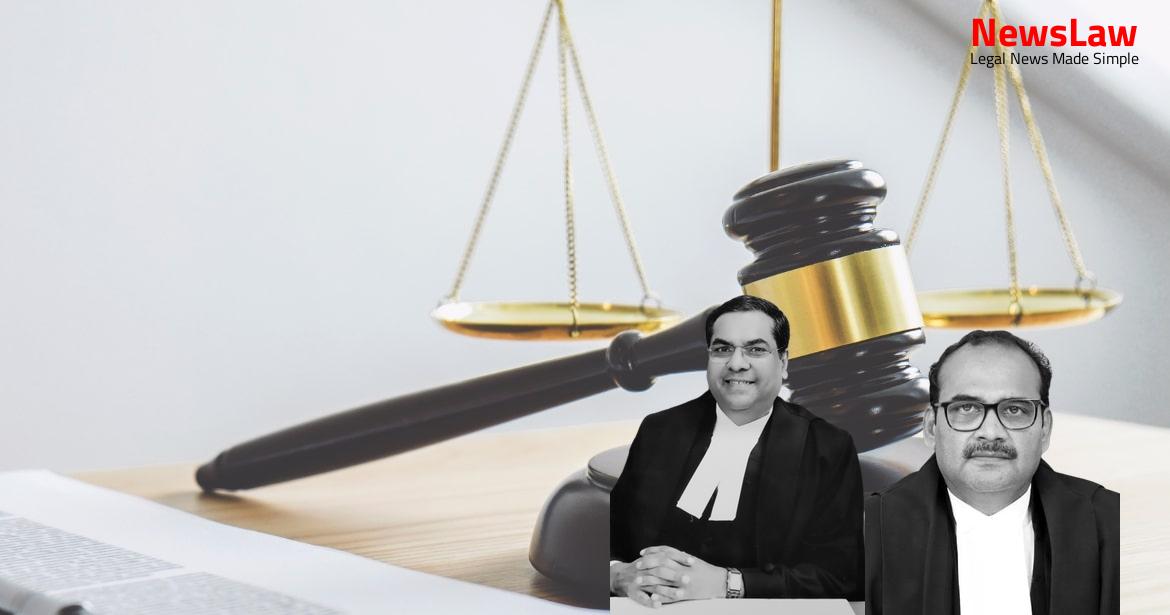In a recent legal case, the court conducted a thorough analysis of the process of granting environmental clearance and mining leases. The focus was on legal compliance with environmental regulations and procedural requirements. This blog will delve into the court’s in-depth legal analysis, shedding light on the intricacies of balancing mining activities with environmental concerns, as per the court’s evaluation.
Facts
- The appellant applied for Mining Lease for Quartz and Feldspar over 29 hectares of land in Sy. No 330/1, Kalwakole Village, Peddakothapally Mandal, Mahabubnagar District, Telangana.
- The Director of Mines and Geology recommended the grant of Quarry Lease for 24 hectares to the appellant.
- The National Green Tribunal, after being approached by respondent Nos. 1 to 3, stayed the order challenged by the appellant in the appeal.
- The Tribunal found merit in the grounds raised by respondent Nos. 1 to 3, leading to the appeal being allowed and suspension of mining operations until further assessment.
- The Tribunal directed the Ministry of Environment & Forest to conduct an Environment Impact Assessment Appraisal and public hearing for the mining operation.
- The Tribunal’s decision was appealed against by the appellant in Civil Appeal No. 8130 of 2019.
Also Read: Presumption of Genuine Endorsements in Cheque Case
Arguments
- Appellant applied for an area of 29 hectares but authorities reduced it to 24 hectares
- Appellant did not play a role in the reduction of area
- Distance between proposed mining area and Singotham Lake is 0.25 km according to Google Maps and photographs
- The SEIAA granted Environmental Clearance (EC) to the appellant after scrutiny at various stages.
- The State counsel and State Pollution Control Board supported the appellant’s case.
- EC was granted following the procedure required by the EIA Notification 2006.
- The distance between the proposed mining area and the water body was in accordance with legal requirements.
- Respondent Nos. 1 to 3 indicated no objection to mining activities if the distance to the water body exceeds 0.25 km.
Also Read: Medical Negligence and Compensation: A Landmark Decision
Analysis
- The project proponent obtained in principle grant of quarry lease for a period of 20 years for an extent of Ac. 109.08 gts of Government Land (P.P) 3.
- Mining activities are not expected to affect habitation as there is no habitation nearby.
- The proposal underwent scrutiny by various authorities including SEAC and SEIAA, leading to the grant of Environmental Clearance (EC) for the project.
- The proposal included details such as proximity to forest, tank, lake, irrigation source, habitation, and agriculture lands.
- The appellant was instructed to submit a Mining Plan approved by the Joint Director of Mines and Geology, among other requirements, within a specified timeline.
- Environmental assessments were conducted, and EC was granted after due evaluations.
- Quarry lease was ultimately granted for an extent of 24.00 hectares in Kalwakole Village, Peddakothapally Mandal, Nagarkurnool District.
- Various factors like proximity to habitation, agriculture lands, communication facilities, and infrastructure were considered during the grant of quarry lease.
- The detailed process leading to the grant of the quarry lease followed legal provisions and environmental regulations.
- The project is classified under B2 category and exempted from public hearing due to the lease area being less than 25 Ha, as per EIA Notification, 2006.
- Lease granted for Kalwakole Village, Peddakothapally Mandal, Mahabubnagar District to M/s Dhruva Enterprises for 20 years
- Approved Mining Plan to be submitted within 6 months of notice issuance
- Subject to Rule 12(5)(c) of T.S.
- Authorities recommended approval for only 24 hectares out of the proposed mining area.
- 0.25 km mandatory distance from the water body was maintained as per the authorities’ survey.
- Tribunal erred in concluding that the reduction to 24 hectares was to evade public hearing and that the distance requirement was not met.
- Authorities found that the appellant had not reduced the area to avoid public hearing and had maintained the required distance from Singotham Lake.
Also Read: Remand of Writ Petition for Restoration and Decision on Merits
Decision
- The appeal succeeded and the impugned judgment and order dated 17 January 2020 by the Tribunal was quashed and set aside.
- No costs were awarded.
Case Title: DHRUVA ENTERPRISES Vs. C. SRINIVASULU (2021 INSC 482)
Case Number: C.A. No.-003776 / 2020



